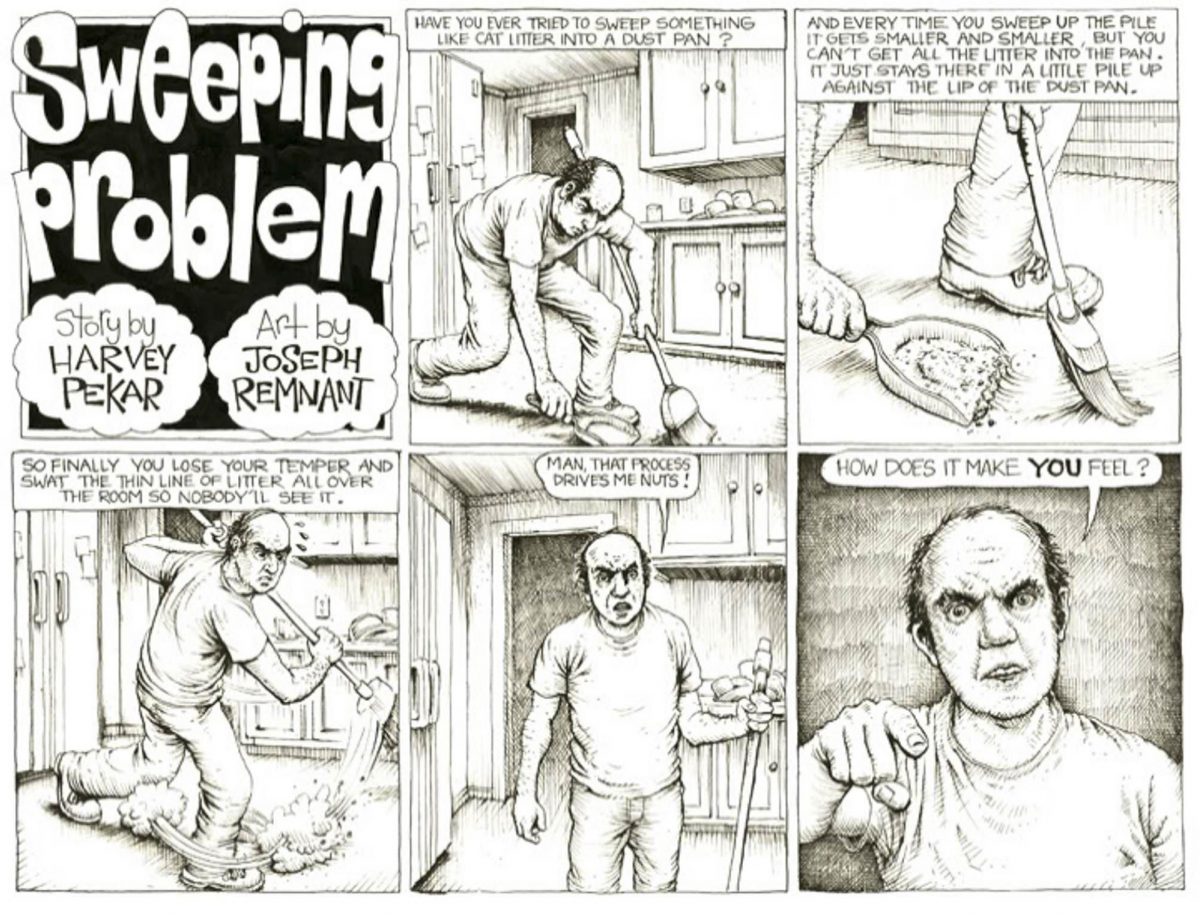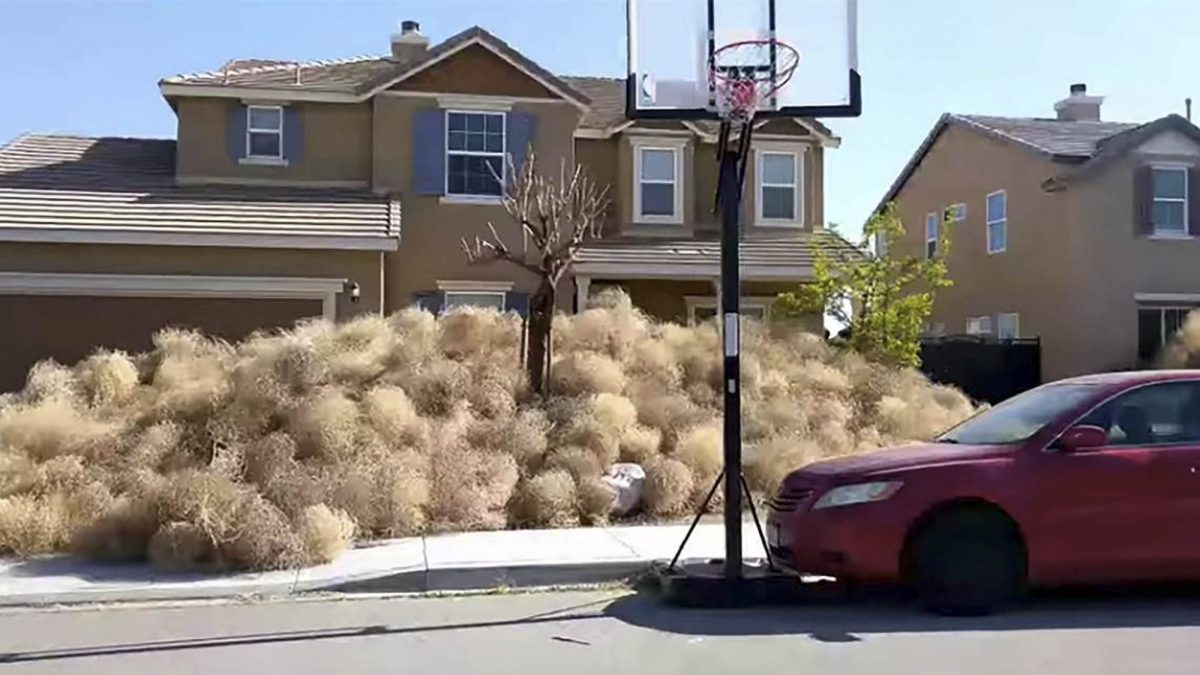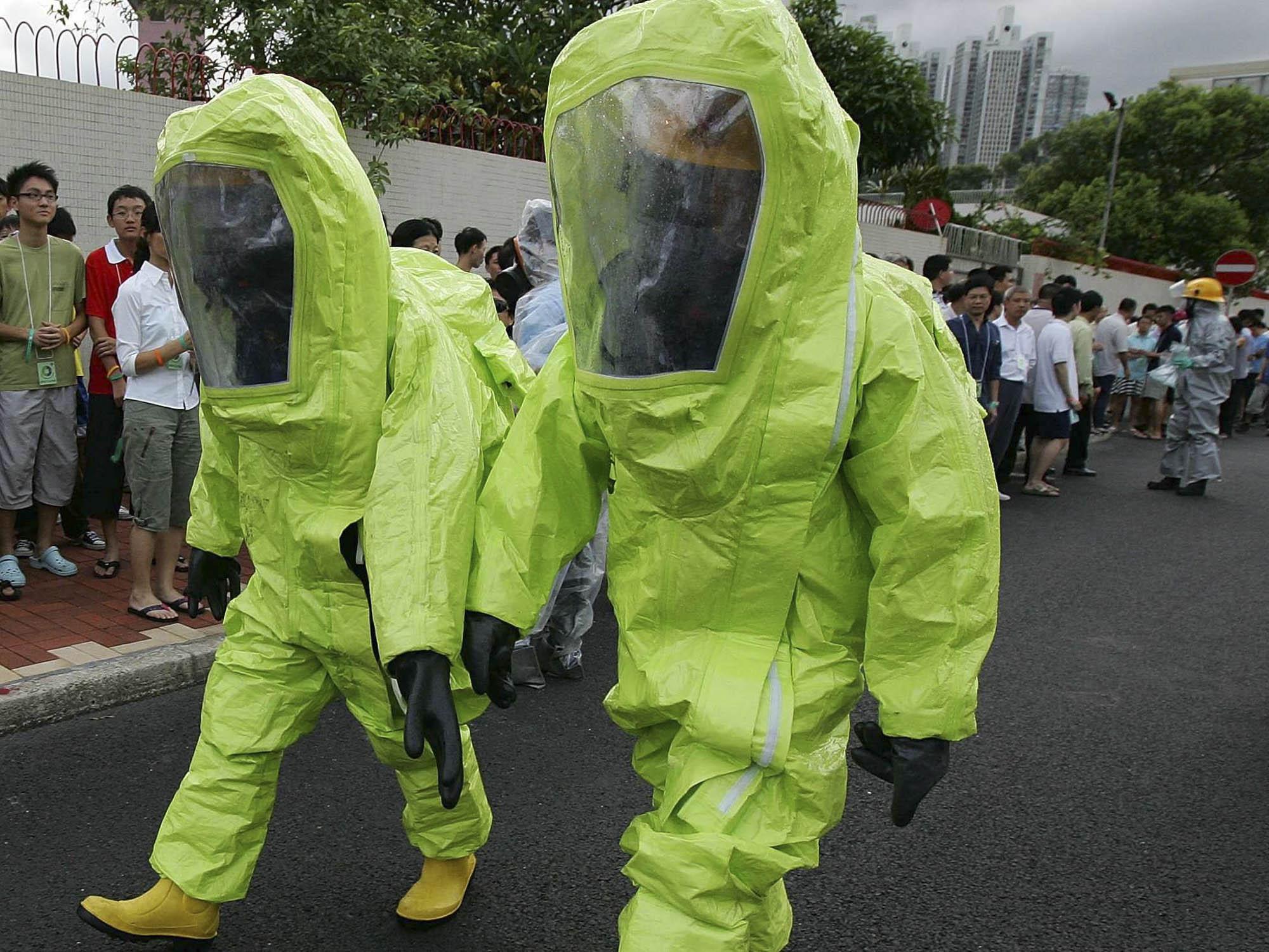
So what is a dust bunny?
Dust bunnies
01 January 2019
Dust bunnies are what you get when you leave hydrogen and helium alone for 13.8 billion years then don’t clean under the bed.
bunnies are the inevitable result of the Big Bang.
I’m sure you know the story well; vacuum energy cooks up gluon soup, gluon soup cools into particles, particles clump into atoms, atoms beget molecules, molecules become materials, materials shed threads and now look at mess in here, get out the vacuum.
Entropy – the universe’s tendency towards shabbiness
Dust bunnies are the visible manifestation of an increasingly untidy universe.
Dust bunnies are made of your clothes wearing out, your towels getting thin and your bedsheets chafing until threadbare.
The resulting dust bunnies will inevitably find themselves settling into the low air speed zones where the turbulence is ebbing. So most human/dust bunny interactions are limited to these frenzied bouts of ‘tidying up’ and futile dust bunny re-distribution.
Even as you move about doing your domestic cleaning chores fluff, broken fibres and tangled threads cascade from you. So when you think you’re tidying up you’re really just adding new bunny stuff and encouraging the diaspora of already established dust bunny tribes.


The warp and weft of a dust bunny determines its destiny. The multi-threaded dust bunnies accumulating behind computer and TV screens are prone to absorbing information and are dense with data.
The kitchen’s a lively place so the tribe of kitchen dust bunnies are more worldly and diverse.
The Biddies under the bed are bits of this, bits of that and dreadful materialists.
The Fuzzballs are newly-entangled agglomerations of laundry drier fluff, lightweight in every sense of the word. Entangled fuzzballs get everywhere so they’re in a super position to know what’s going on around the house.
When dust bunnies go bad

Dust bunnies up the nose
Our body has to survive an extraordinary amount of insults and challenges but dust bunnies aren’t one of them. Dust bunny material is generally too heavy to float airborne for any great length of time.
So although on a hot sock day you might find a damp, primitive cousin of the dust bunny nestling snugly between your toes, not a lot of dust bunnies make it up your nose.

Biological challenges are fended off by our immune system but what stops the other chunky bits like pollen, skin cells, hairs and other fuzzball-like fluff?
That’s why your hairy nostrils evolved; to trap dust and those sundry other particles you vacuum up your schnoz. Snot is a dust catcher too. Your nose and throat are lined with glands that produce one to two quarts of mucus every day so you swallow about a tablespoon of airborne dirt.
That’s disgusting. Why should I care?
Because when Aunt Vera comes to visit a fuzzball meets a mucusy end.
References
Some further reading for #friendsofthedustbunny
The Secret Life of Dust
The Secret Life of Dust by Hannah Holmes is wonderful explanation and exploration of dust in all its’ manifestations from house mite poop to intergalactic clouds.
The Real Dirt
Penny Ward Moser serves up The Real Dirt on dust bunnies
And something for #foesofthedustbunny
Sweeping problem, cartoon
Smith Mag